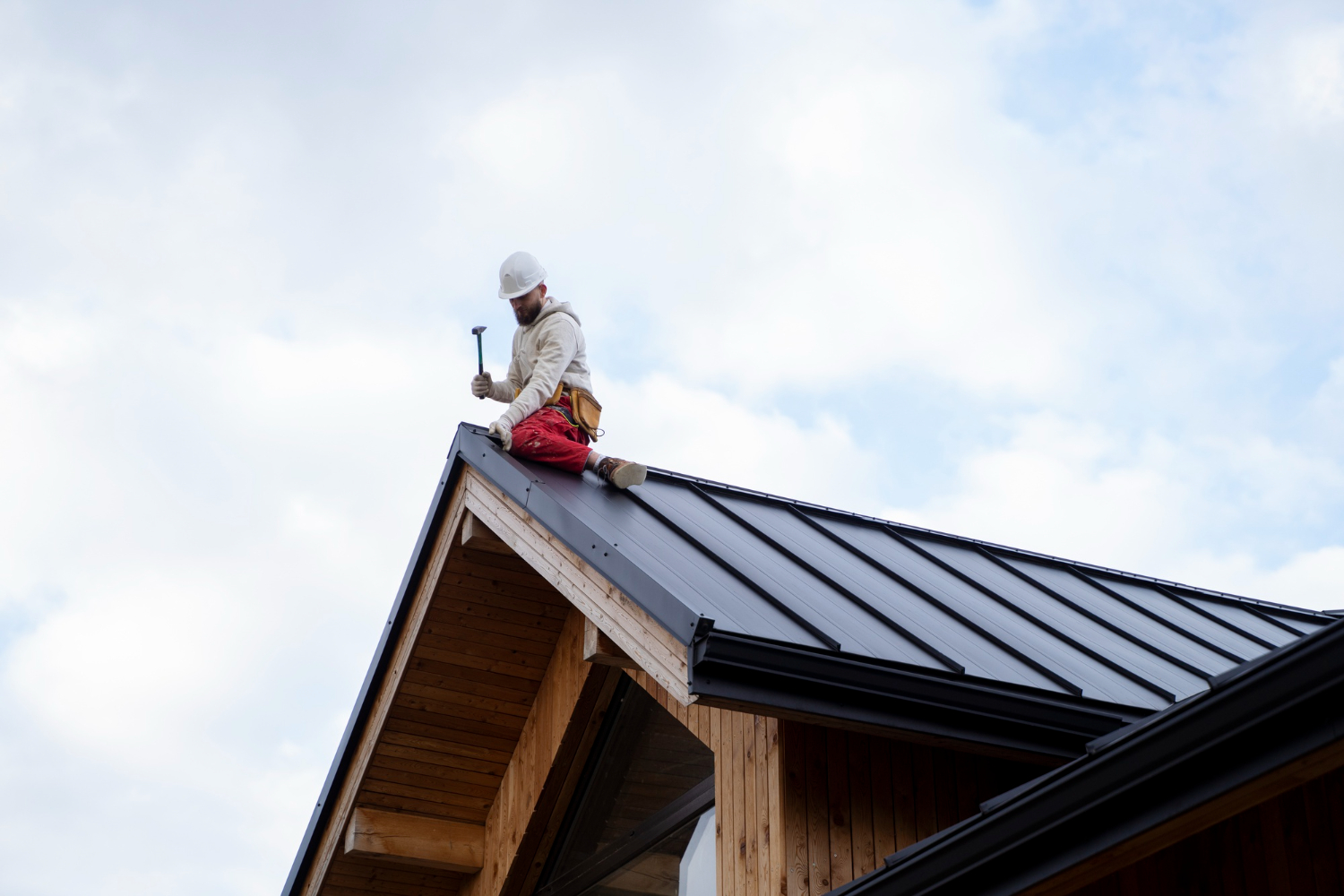By using our website, you agree to the use of cookies as described in our Cookie Policy
a
Rss Feed
The Power of Sunshine: A Beginner's Guide to Solar Inverters and Chargers
Imagine lowering your energy bills while increasing your home's value—solar power can make it happen. Integrating solar energy is not just a trend but a game-changer that enhances both efficiency and sustainability. With solar inverters and chargers at the heart of this transformation, understanding how they work is key to getting the most from your solar investment. Explore how to seamlessly integrate solar inverter chargers and inverters into your home.
Solar Inverters: The Key to Solar Power Systems
Solar inverters turn solar power into energy your home can use. These produce direct current (DC) electricity, but your home uses alternating current (AC). Solar inverters convert DC into AC, making the energy compatible with household appliances and ensuring your solar system operates efficiently and reliably.
Types of Solar Inverters
- String Inverters: These cost-effective inverters manage power from multiple panels connected in series. However, their efficiency can drop if one panel is shaded or malfunctions.
- Microinverters: Attached to each panel individually, microinverters are ideal for complex roof setups and varying light conditions, maximizing performance even with shading.
- Hybrid Inverters: Hybrid inverters combine traditional inverter and charge controller functions, support battery storage, and can work with generators, providing energy resilience and independence for your home.
Solar Chargers: Enhancing Energy Storage
Solar chargers, or charge controllers, manage the flow of electricity from panels to batteries. This regulation prevents overcharging and optimizes battery life, which is vital if your home includes a battery storage system.
Types of Solar Charge Controllers
- PWM (Pulse Width Modulation) Controllers: Best for smaller solar setups, PWM controllers are a cost-effective solution that may be less efficient but adequate for basic needs.
- MPPT (Maximum Power Point Tracking) Controllers: These advanced controllers optimize energy output by adjusting the electrical input to extract the maximum power in watts from solar panels, making them ideal for larger or more energy-efficient systems.
Integrating Solar Inverters and Chargers into Your Home
To add solar inverters and chargers to your home, careful planning is essential. Begin by evaluating your home’s current and future energy needs, including extra appliances and upgrades.
System Sizing and Installation
- Calculating Energy Needs: Review past utility bills to determine your home’s average daily energy consumption. This will help you size your solar array to meet current and future needs.
- Sizing Your Solar Array: A typical home system ranges from 4kW to 6kW, but this depends on location and specific energy requirements. Larger arrays can capture more sunlight, which is especially advantageous for homes with optimal roof placement.
- Choosing Battery Storage: Adequate battery storage is essential for supplying energy during cloudy days or nighttime. Just as in commercial solar systems, your battery bank should be sized to meet your home’s energy needs during these periods. Make sure your battery bank is capable of covering your home’s energy needs during these periods.
- Professional Installation: Proper installation by certified professionals is crucial for optimal performance. Coordinating with installers during planning ensures that inverters and chargers are integrated effectively.
Investing in solar inverters and chargers reduces your carbon footprint and saves money over time. With the right equipment, you can maximize your solar power system’s efficiency, ensuring a reliable and sustainable energy source for years to come.
Regular maintenance and monitoring are crucial for keeping your solar power system working well. Invest in a monitoring system that tracks the performance of your solar panels, inverters, and batteries. Routine inspections, cleaning, and timely replacements of any faulty components will ensure that your system operates at peak efficiency.
Integrating Solar Energy into Modern Homes
Adopting solar energy is a major enhancement for any home renovation. By understanding the roles and options for solar inverters and chargers, you can make informed decisions that will boost your home's energy efficiency and sustainability. As technology advances, solar power becomes more accessible and advantageous, making now the perfect time to power your home with sunshine.
‹ Back





.png)
